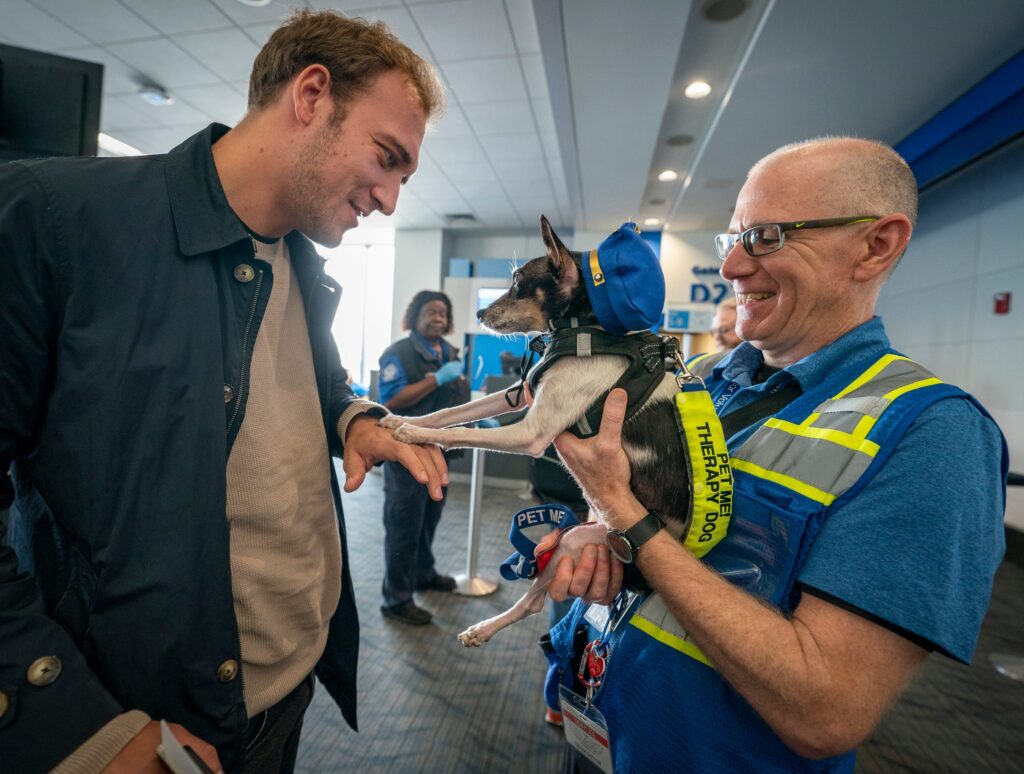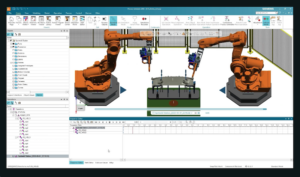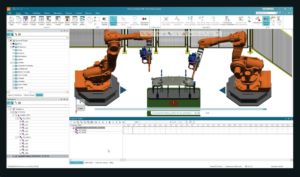
Detroit Metropolitan Airport has implemented a unique initiative to enhance passenger experience by introducing a program featuring certified therapy dogs. With a total of 29 therapy dogs and their handlers, these furry companions visit the airport at least twice a month to help reduce traveler stress.
The program, which began in March 2022, has quickly become a favorite among both travelers and airport staff. According to Matt Morawski, the director of communications for the Wayne County Airport Authority, the therapy dogs bring joy and comfort to the airport environment. “We’re so lucky to have them, their dedication and their passion,” Morawski said.
Roger Drabant, the communications and external affairs programs administrator for the Wayne County Airport Authority, explained that the initiative aims to eliminate some of the stress associated with travel. “What better than dogs, really?” he remarked. The therapy dog program operates in two-hour segments, allowing dogs and their handlers to be present at the airport almost every day of the month.
Among the canine participants is Simba, a golden retriever known for his friendly demeanor. Simba’s handler, Kim Watson, describes a typical morning for them: after a brief commute, Simba receives a treat known as a Pup Cup before brightening the day for passengers awaiting their flights. “I feel like when I have Simba with me, I could do pretty much anything,” Watson said, highlighting the bond they share.
The therapy dogs at Detroit Metro Airport come in various shapes and sizes, each selected for their friendly and calm nature. John Palladino, who volunteers with two toy fox terrier therapy dogs, noted that the airport setting is particularly rewarding. “People are always at their best when you’re presenting your dog to them,” he said.
The training and certification process for therapy dogs is rigorous. Dogs must undergo a series of evaluations to ensure they can handle the diverse airport environment. Palladino explained that the certification is akin to gaining entry into a professional program, requiring thorough preparation. “There’s no set way to study for that exam, but you take it when you’re ready,” he stated.
Dogs are often trained in various public spaces to acclimatize them to the sounds and sights they will encounter. “If the dog is showing signs of enjoyment and capabilities of doing the work, then that’s fine,” Palladino remarked. Both he and Watson have been volunteering since the program’s inception, and they emphasize the importance of matching the dog’s personality with the environment in which they will work.
Passengers looking to interact with therapy dogs at Detroit Metro Airport may find them in various terminals, although no specific schedule is set. Volunteers are required to commit to at least two days a month, with availability varying among handlers. The airport actively posts updates on its social media platforms regarding when and where the dogs will be present.
Each of the 29 therapy dogs in the program has a trading card available on the airport’s website, further engaging the public. The dogs wear vests or leashes indicating they are available for interaction. Palladino noted that while some passengers may initially hesitate, once one person engages with the dogs, others quickly follow suit.
As the program continues to thrive, Morawski expressed interest in expanding the initiative to include more therapy dogs on-site each day, fostering an even more welcoming atmosphere for travelers. Certified dog and human pairs interested in joining the program can reach out via email to the airport authority.
This innovative approach to enhancing passenger experience illustrates the profound impact that therapy animals can have, not only in reducing stress but also in creating connections among travelers from around the world.






